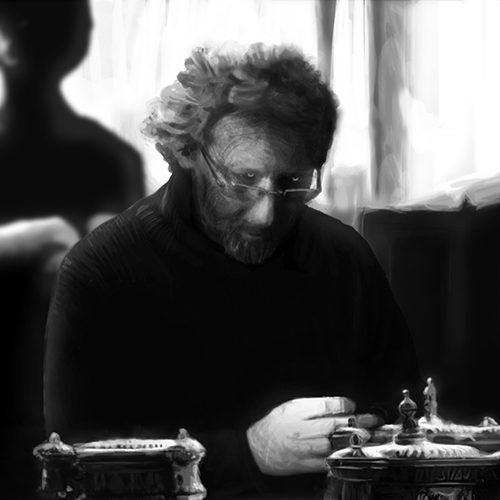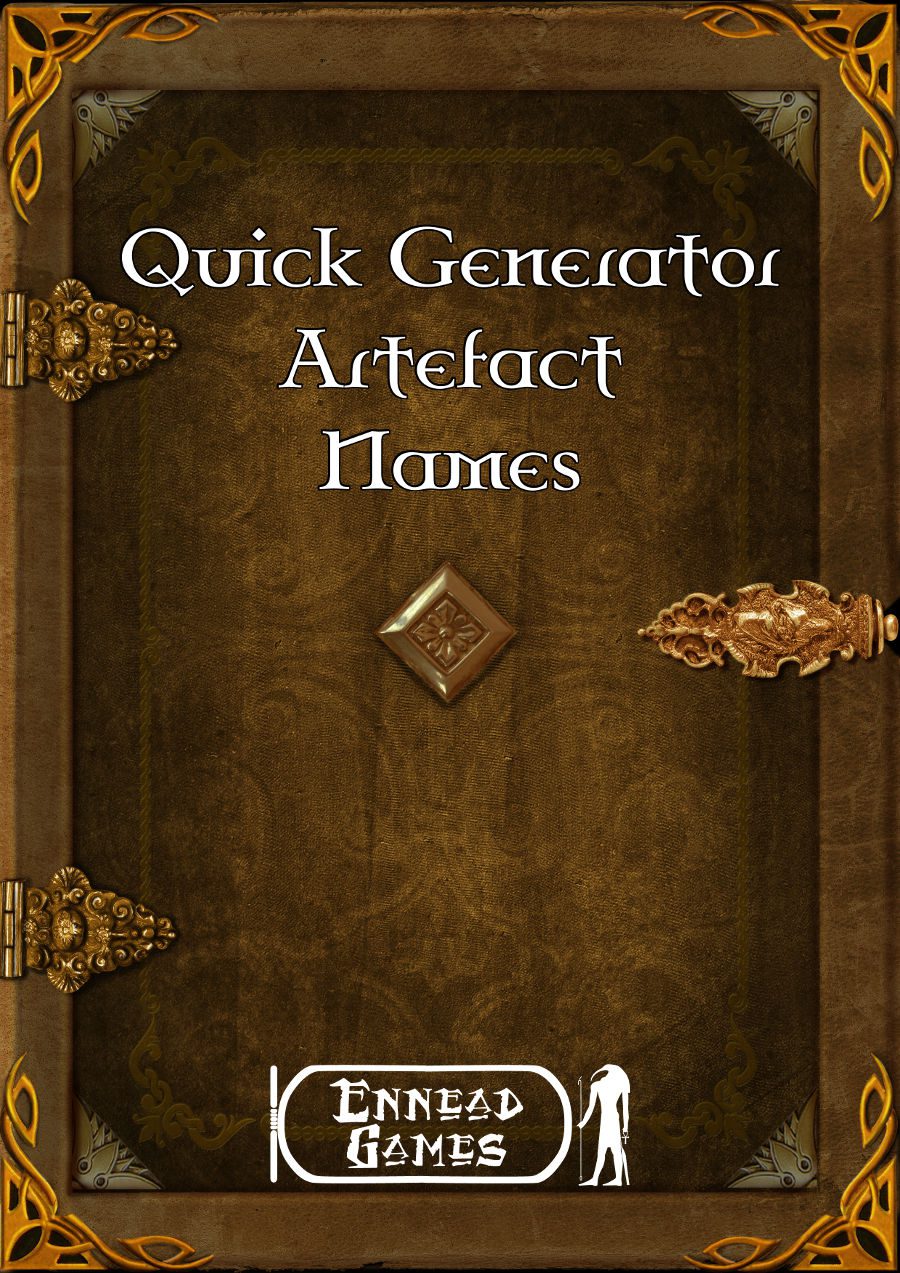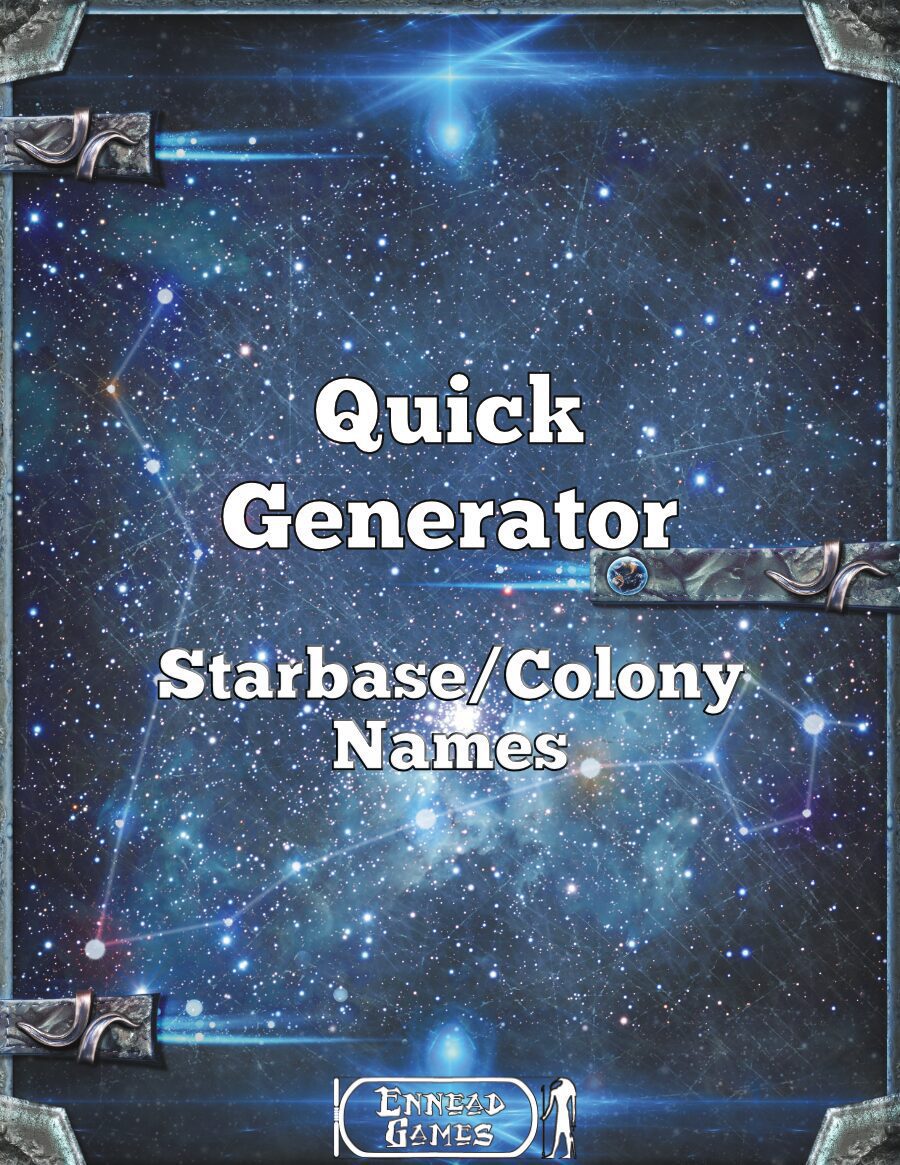
Phil Nicholls blogs at Tales of a GM, where he writes about narrative gaming, faster prep and more story. He is currently running a HeroQuest Glorantha campaign in a home-brew setting. Phil has written for Johnn Four’s Roleplaying Tips newsletter and has a selection of self-published pdfs.
This essay is taken from the archives at Tales of a GM. http://talesofagm.com/
Microscope as History
The generation phase for each cycle of our Tales of the Hero Wars campaign is a collaborative process. I want my Players to be equally invested in the setting as I am. To help structure this process, we play a series of interludes using different games.
One of the recent interludes featured Microscope, a game I had long wanted to try. This essay explores my experience using Microscope to generate the history for the Fortress of Crows setting.
Microscope
First, a quick overview of the game. Microscope was written by Ben Robbins, and published by Lame Mage Productions in 2011. This is an indie-style game, where Players jump about a timeline creating a fictional history.
The introduction of the pdf describes the game as follows:
In Microscope, you build an epic history as you play. Want to play a game that spans the entire Dune series, the Silmarillion, or the rise and fall of Rome in an afternoon? That’s Microscope.
But you don’t play the history from start to finish, marching along in chronological order. Instead, you build your history from the outside in. You start off knowing the big picture, the grand scheme of what happens, then you dive in and explore what happened in between, the how and why that shaped events.
Campaign Generation Interlude
The fundamental nature of Microscope made it a perfect fit for a pre-campaign interlude. It gave structure to the collaborative process of building a history together. By creating the background history for the Fortress of Crows, the Players would have greater investment in the setting, as they helped shape it.
By gaming with Microscope, the process of creation was more structured than normal, and it was the focus of the entire session. However, my previous episodes of collaboration with the Players served to familiarize them with the experience.
Finally, creating the setting history using Microscope side-stepped the need for Player briefings about the background. As it turned out, only one Player could make the session, but that Player is greatly invested in the history as he really was there when it happened. I am hopeful that this Player will serve as the primary source of historical context within the game.
Caveats
When playing Microscope there is an initial set-up phase, before the history generation begins. This process was curtailed in our game, as many of the basic parameters were fixed by the nature of the planned campaign. Furthermore, many of the principles of the Plane of Air had been established by previous games within my broad setting.
Also, I set the end point of the Microscope game as the arrival of the Fortress of Crows in lower Valinor. This is the starting point for our campaign, so we could not create Microscope events from the campaign itself. Thus, while the game began with some general history of the Plane of Air, the later focus was on the Fortress itself.
However, these restrictions did not limit our creativity. Indeed, it is my experience of improv that the presence of basic parameters can help the process. A blank canvas can simply be too intimidating. Thus, our game was not the free-for-all creation outlined by the Microscope rules. I do not believe these restrictions impeded our game, but for the sake of clarity, I wanted to make it clear how our game was focused upon the needs of the forthcoming campaign.
The final caveat is that there were only two Players in this game. Microscope can be played with between two and five Players. I am sure the dynamics would be very different at the table with more Players. As well as making for a longer game, I am sure the events described would have greater variation with more contributors. I hope to run Microscope with a larger group of Players next time.
On Playing Microscope
After skipping through the parameters for Microscope, we quickly settled into the routine of creating history. The structure of Microscope is light and loose, which suits an improvisational game. Some events grew quickly, while others took longer to develop.
I suspect our game was more collaborative than the rules advise. Microscope insists each Player make their choices in isolation. We are used to discussing our collaboration, and bouncing ideas off each other, so this is how we played. This approach gave our history a little more coherence, perhaps at the expense of variety. I am very satisfied with the history we produced, but next time we play I may emphasize Player freedom a little more.
Our history did not grow chronologically, and it was very fun to jump back-and-forth along the timeline to weave events together. Microscope allows Players to zoom in on events, and explore crucial moments in history with a little more depth. As there were only two of us playing, we skipped the roleplaying aspect. While this kept our game moving, we probably lost some depth along the way.
Local History
The true merit of a setting creation game lies in the quality of the setting it produces. I am very pleased with our history for the Fortress of Crows campaign. We have set up the villain and a rival, wrapping their story into that of the Fortress. This history informs some of the options available to the Players going forward in the game, but at this point, it does not seem to have limited the choices available to the Heroes.
Conclusion
We had a lot of fun playing Microscope, but our game was restricted by the established parameters of the setting and the number of Players. It brilliantly captured the collaborative setting creation I wanted. I will definitely play Microscope again, hopefully with more Players. I expect there will always be some restrictions placed on the setting, not least as I want all my games to play within the same Cosmos.
Have you ever played Microscope? How do you create history for your setting? Can you think of another way to allow Players to contribute to setting history? Share your thoughts with your fellow GMs in the comments below.
Happy Gaming
Phil
For more essays from Phil, and updates about his latest campaign, visit Tales of a GM.. http://talesofagm.com/




One thought on “[Guest] – Microscope as History”
Comments are closed.